The Michelin Guide, often regarded as the bible of gastronomy, has long been the gold standard for culinary excellence. Originating in France over a century ago, this prestigious rating system has evolved into a global benchmark for fine dining. Its influence extends beyond mere restaurant reviews, shaping culinary trends, elevating chefs to stardom, and even impacting local economies. The Michelin star system is both revered and feared, as chefs strive for its recognition while dreading the pressure that comes with it.
What sets the Michelin Guide apart is its anonymous inspection process. Unlike other food critics who may dine openly, Michelin inspectors visit restaurants incognito, paying for their meals like any other customer. This secrecy ensures an unbiased evaluation, focusing solely on the quality of the food. The criteria are rigorous, assessing everything from ingredient quality and cooking technique to flavor harmony and consistency. A single meal can make or break a restaurant's chances of earning or retaining stars.
The Michelin rating system operates on a three-star scale, each representing a distinct level of culinary achievement. One star signifies "a very good restaurant in its category," two stars denote "excellent cooking worth a detour," and three stars represent "exceptional cuisine worth a special journey." The difference between these tiers may seem subtle, but in the culinary world, they represent vast distinctions in skill, creativity, and execution.
Beyond the stars, the Michelin Guide also awards other distinctions. The Bib Gourmand recognizes establishments offering good quality food at moderate prices, while the Green Star highlights restaurants committed to sustainable practices. These additional categories demonstrate Michelin's efforts to adapt to changing dining trends while maintaining its core standards of excellence.
The impact of Michelin stars on a restaurant's fortunes cannot be overstated. Earning even a single star can dramatically increase bookings, allowing chefs to command higher prices for their dishes. For many establishments, Michelin recognition means the difference between struggling to fill tables and having reservations booked months in advance. However, this prestige comes with intense pressure, as maintaining stars requires consistent perfection night after night.
France remains the spiritual home of the Michelin Guide, with Paris boasting some of the world's most celebrated starred restaurants. Traditional French culinary techniques continue to influence Michelin standards globally, even as the guide has expanded to recognize diverse cuisines worldwide. The French approach to dining - with its emphasis on technique, presentation, and seasonal ingredients - still forms the foundation of Michelin's evaluation criteria.
Critics of the Michelin system argue that it perpetuates an elitist view of dining, favoring expensive, formal restaurants over more casual but equally talented establishments. Others question whether the anonymous inspection process can truly capture the full dining experience, which often involves service, ambiance, and personal connection. Despite these criticisms, the Michelin Guide maintains its authority, in part because of its long history and consistent methodology.
The process of losing stars can be devastating for chefs, with some famously taking the news extremely hard. The pressure to maintain Michelin recognition has been cited as contributing to mental health struggles among top chefs. This dark side of culinary excellence has led to discussions about whether the pursuit of stars comes at too high a personal cost for those in the industry.
In recent years, Michelin has expanded its reach beyond traditional fine dining hubs, bringing its ratings to cities across Asia, North America, and other regions. This globalization has introduced new challenges, as inspectors must now evaluate vastly different culinary traditions against established criteria. The guide has shown increasing flexibility, recognizing that excellence can take many forms beyond classical French technique.
The future of the Michelin Guide likely involves balancing tradition with innovation. As dining trends shift toward more casual experiences and global flavors, Michelin must adapt while maintaining its standards. The recent introduction of sustainability awards suggests the guide is evolving with the times. Yet at its core, the Michelin star remains the ultimate symbol of culinary achievement, a dream pursued by chefs around the world.
For food enthusiasts, the Michelin Guide serves as both inspiration and bucket list. Travelers plan entire trips around starred restaurants, treating meals as memorable experiences rather than mere sustenance. This cultural impact, the ability to shape how people think about and experience food, may be Michelin's greatest legacy. In an era of instant online reviews, the guide's meticulous, time-tested approach continues to command respect in the culinary world.

By Laura Wilson/May 10, 2025
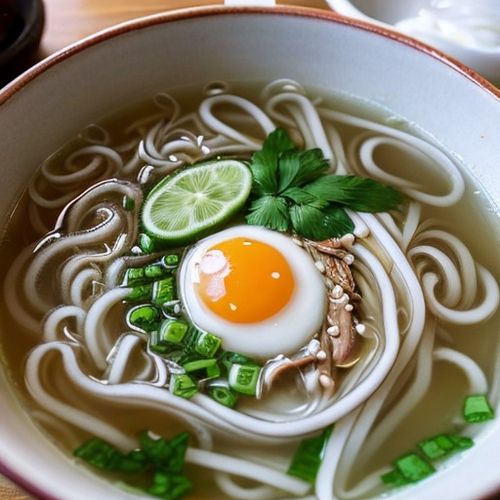
By Christopher Harris/May 10, 2025

By Samuel Cooper/May 10, 2025
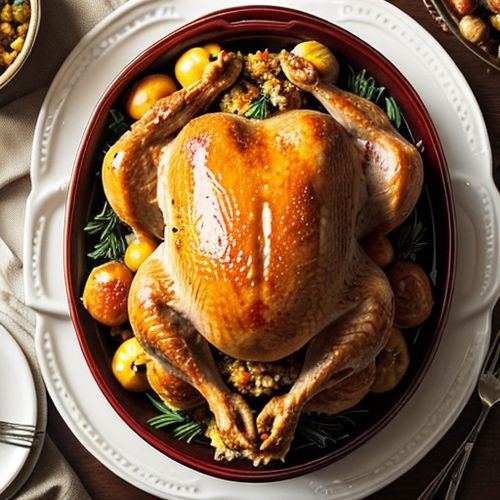
By Megan Clark/May 10, 2025
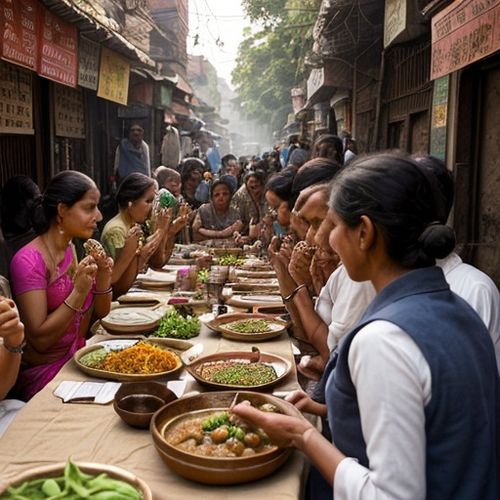
By Olivia Reed/May 10, 2025
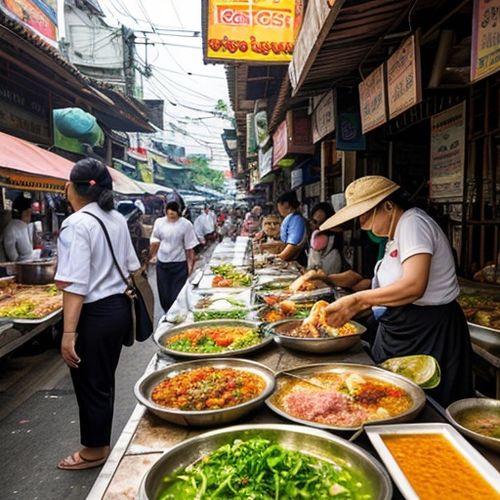
By Natalie Campbell/May 10, 2025
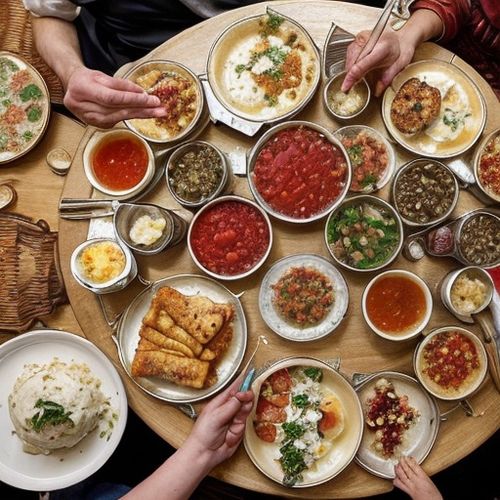
By Sophia Lewis/May 10, 2025
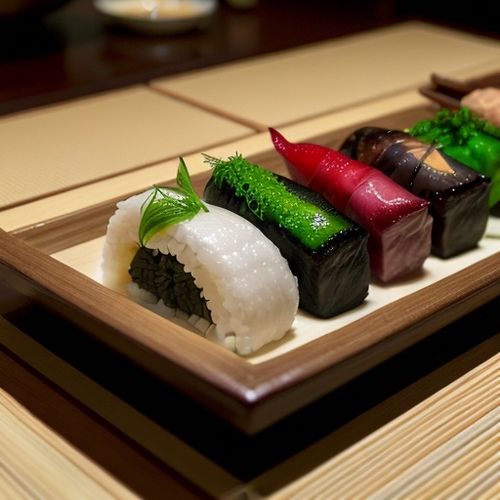
By George Bailey/May 10, 2025
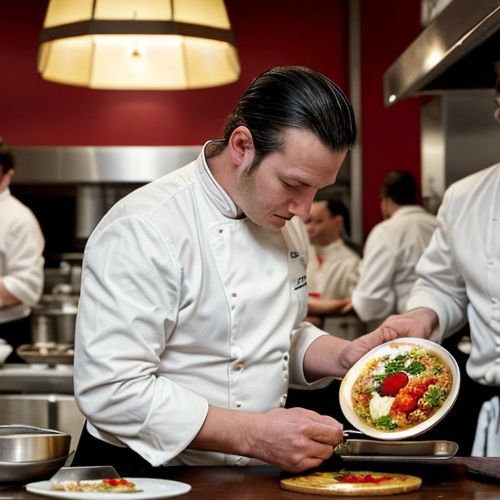
By Eric Ward/May 10, 2025
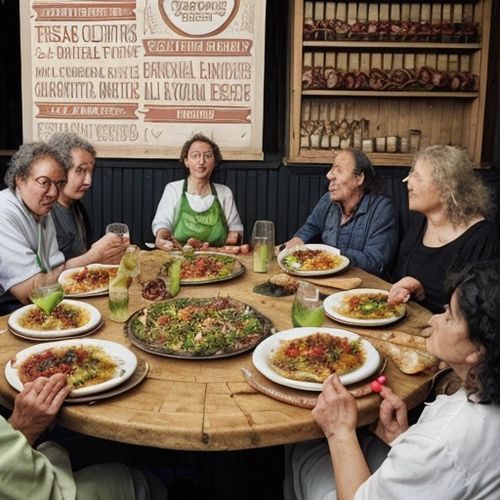
By Daniel Scott/May 10, 2025

By George Bailey/May 10, 2025

By Elizabeth Taylor/May 10, 2025

By Natalie Campbell/May 10, 2025
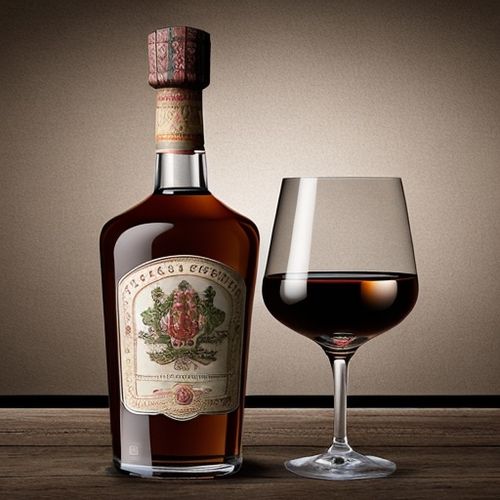
By Emily Johnson/May 10, 2025
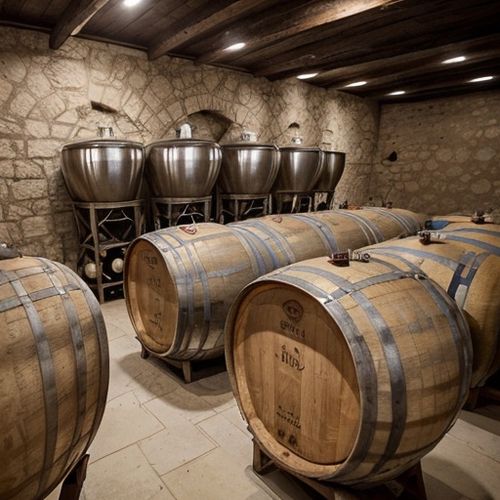
By Elizabeth Taylor/May 10, 2025
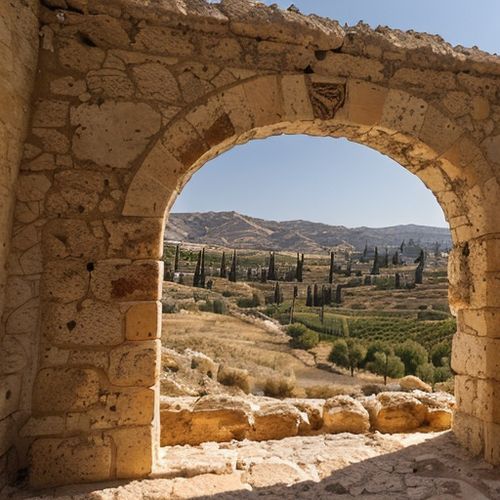
By Thomas Roberts/May 10, 2025
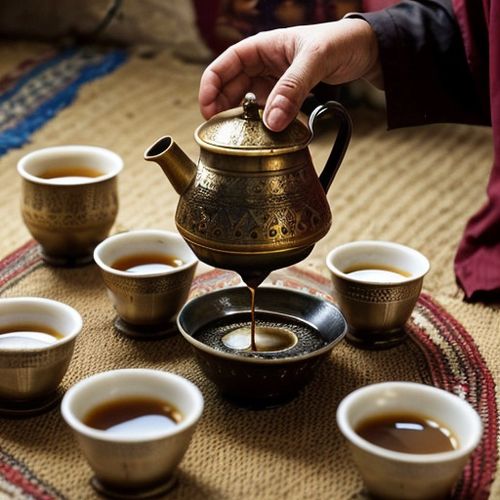
By Christopher Harris/May 10, 2025

By Megan Clark/May 10, 2025
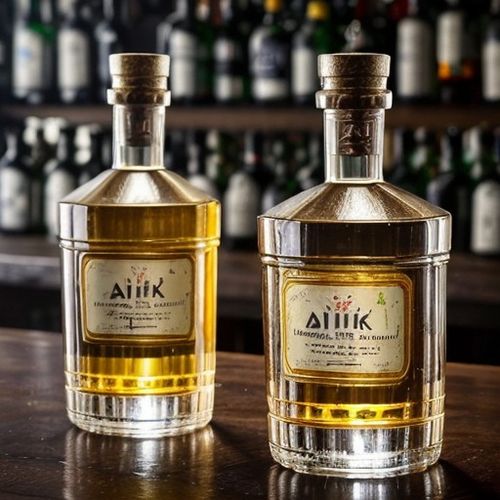
By Samuel Cooper/May 10, 2025

By James Moore/May 10, 2025